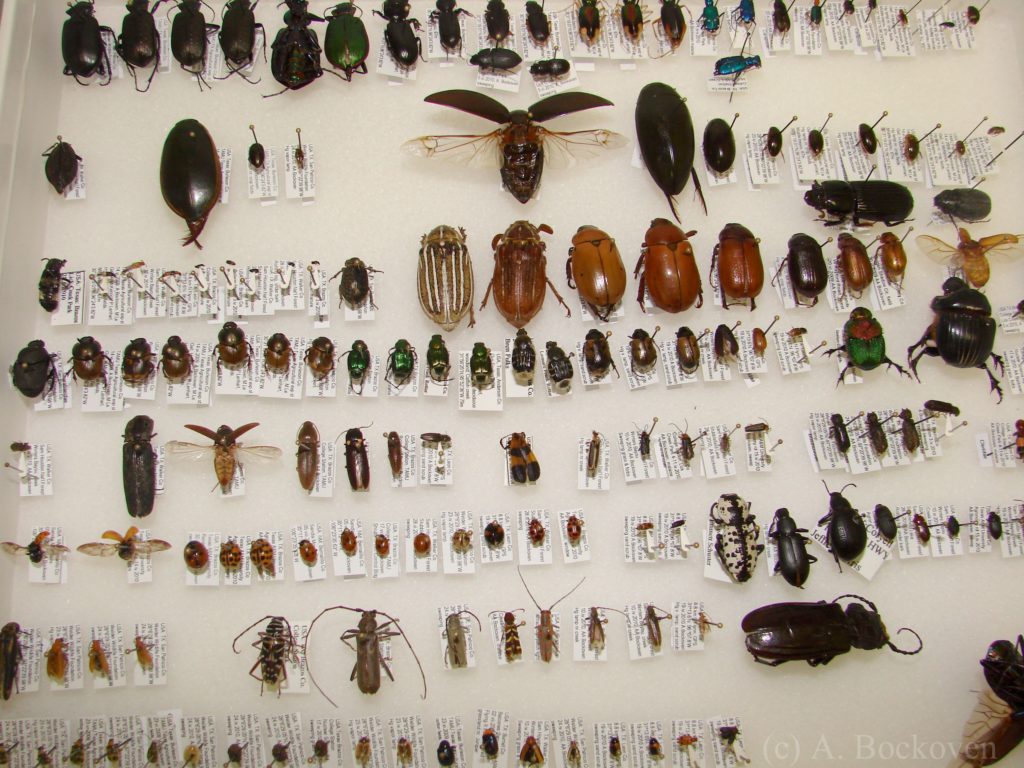Insects make up most of the world’s organisms. Research suggests their numbers are on decline, with many species going extinct. However, monitoring insect ecosystems is difficult, as the current methods are labour intensive and inefficient.
But thanks to advances in AI, now entomologists use deep learning models for classification of insects. Convolution Neural Networks (CNNs) shows great potential in the automatic detection and classification of insects from videos and even time-lapse images.
Image collection has also become easy using advanced sensors. Microcomputers, then use advanced processors, for object-based detection in real-time. Radar sensors also allow the study of insects at a scale.
Here, we dig into recent research to look at the various ways in which sensors and deep learning techniques can be used to move the needle in entomology research.
Applications
The information captured through various sensors can be analysed using various deep-learning methods to break down the data into biologically relevant information.
Image-based monitoring can map insects’ biodiversity to identify the species under the threat of getting wiped out and craft solutions to save them from extinction. Combining image data with acoustic data could help in distinguishing insects that are harder to detect. You could even analyse insects’ movement data in microclimatic variations to draw the species’ thermal performance curves.
Species interaction between insects and flowers is pivotal for the functioning of the ecosystem. Tracking such interactions over seasons or multiannual periods is tricky as they happen in a flash. To that end, time-lapse data can be used to analyse spatial and seasonal data.
Taxonomic identification is one of the major applications in entomology. Deep-learning models for insect identification have attained an outstanding level of accuracy. For further classification, gradient-weighted class activation mapping can even visualise morphologic features of the insect.
Deep learning models can potentially predict bulk insect samples’ biomass in a laboratory setting, using geometric features of the specimen extracted from images. Obtaining specimen-specific biomass information from bulk samples will offer substantial insights into insect population and community dynamics.
Overcoming Challenges
One of the main challenges in monitoring insects is capturing them in their haphazard habitats under varying light conditions. Computer vision depends on precise initial detection of the object to be tracked, an excellent ability to visually distinguish between multiple tracked objects and a smooth motion.
Insects tend to look alike and exhibit frequent hiding behaviour, making the monitoring hard. Inadequate learning parameters for the deep learning models and the fact that they can run only on low-resolution models compound the issues. However, using non-linear models or compact/compressed learning models can help overcome this issue.
While image-based classification can be achieved with high accuracy and speed using deep-learning algorithms, these models rely on large amounts of training datasets. This presents a problem for taxonomic identification of insects since there is a high imbalance in the datasets as the rarest species’ images could be insufficient for training a neural network. However, entomologists use class-resampling (undersampling the larger classes or oversampling the smaller classes) as a solution.
Another roadblock is the species for which image data is not available. Such rare species can be detected using, either a discriminative or generative approach, using open set recognition methods. Discriminative models use deep learning for outlier detection, while generative models’ churn out either positive or negative training samples.
With so many classifications, insect datasets have a fine-grained distribution. This makes identification difficult since the species’ phenotypic differences are so minute and intra-specific variations large. Image-based deep learning models can be combined with DNA barcoding techniques to classify insects better to overcome these challenges. This can help in both assigning sequences to the individual specimen and providing biomass estimates.
It is tough to capture rare specimens as they only appear for microseconds in the time-lapse images. A study suggests using deep learning to detect all flying insect species under one class as a solution. Subsequently, entomologists can then use manual feature extraction, a machine learning technique that requires less training data than CNNs, to perform fine-grained classification.
Going Forward
While there are workarounds to various limitations in using deep learning to study insect ecology and monitoring, the field is still at a nascent stage.
Independent data for insect DNA should be collected using traces of insects left on flowers or other entities, or by catching insects visible to the camera. This can help validate image-based results that could not conclusively identify insects, and at the same time, add to training data.
Researchers use automated imaging devices to generate large sets of training data, which allows for imaging insects in large numbers in a fixed setting. To capture them in a wide range of conditions and avoid creating biased datasets with individual backgrounds, techniques like multi-task learning and style transfer can be deployed.
Making insect datasets updated, publicly available for training with proper hardware infrastructure, metadata and classification are very important in pushing the envelope. Extensive coordinated efforts to promote open access for these datasets is the need of the hour.






















